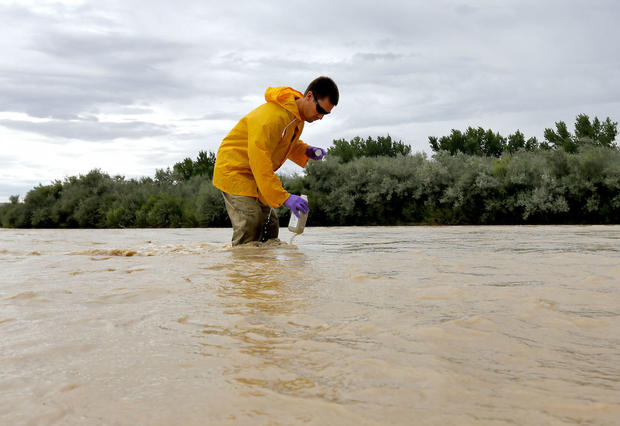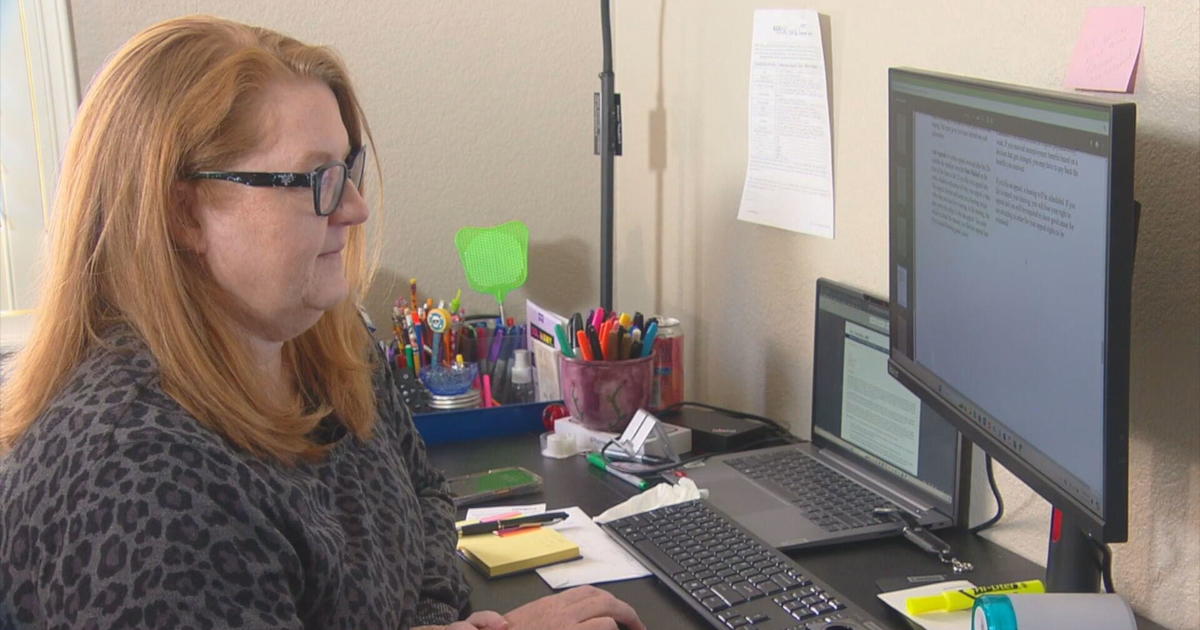State reaches settlement with federal agencies over Gold King Mine spill
In the seven years since the Animas River turned an alarming mustard color due to the Gold King Mine spill, lawyers representing Colorado's government worked alongside those from federal agencies to file and settle lawsuits against private companies they deemed at least partly responsible. Large sums of money were obtained.
Colorado recently turned to the feds themselves for more.
RELATED Venture inside Gold King Mine, source of Animas River spill (2021)
The Colorado State Attorney General's Office announced a $5 million settlement was approved Thursday by the Colorado Natural Resources Trustees. The settlement resolves the state's damage claims at the Bonita Peak Mining District Superfund site. That site consists of 48 historic (mostly abandoned) mines or mining-related sources located at the headwaters of the Animas River. The U.S. Forest Service and the U.S. Bureau of Land Management manage federal lands within the mining district.
That mining district was eyed by state and federal agencies as a source of groundwater, surface water and soil contamination during the 1990s. But water quality declined noticeably in 2005.
The Colorado Division of Reclamation, Mining and Safety began reclamation efforts at the Gold King Mine in 2008, according to the attorney general's press release. The Environmental Protection Agency joined in 2014.
On August 5, 2015, EPA contractors focused on assessing a blockage in an adit, a near-horizontal mine entrance that drains water downhill by gravity. The workers were scraping away material above the adit's blockage when acidic, pressurized water began leaking from the mine. That leak quickly worsened into a "blow-out."
An estimated three million gallons of heavy metal-laden water which had been dammed behind the blockage was ultimately released. The sludge flowed into the Animas and San Juan Rivers, discoloring waterways and prompting safety responses in Colorado, New Mexico, Utah, and two Native American reservations.
Less than a month after the spill, researchers found samples along a 60-mile stretch of the Animas between Durango and Farmington, New Mexico, which tested for elevated levels of iron, copper, zinc, arsenic and lead.
RELATED Toxicologists skeptical of early Animas River reports, metals are "long-term poisons" (2015)
RELATED Gold King Mine owner worries about another toxic spill (2017)
The Colorado Attorney General's Office described the federal government's liability in the accident as twofold: The accident was at least partly caused by federal employees, and it happened on land managed by federal agencies.
In January of 2022, the U.S. Department of Justice announced a settlement between the federal government and Colorado's involving the previous operators of the Gold King Mine. Sunnyside Gold Corporation and its Canadian parent company Kinross Gold Corporation paid $45 million. More than $4 million of that sum went to the Colorado Department of Public Health and Environment. Sunnyside also paid a separate $1.6 million settlement to the Colorado Natural Resources Trustees for other activity in the mining district.
Public input is currently being gathered to direct funds toward reclamation projects.
"The damage to Southwestern Colorado natural resources remains a matter of great concern. In this action, we are securing valuable funds to address these damages and invest in the restoration of natural resources in this part of our state," stated Attorney General Phil Weiser, chair of the Colorado Natural Resources Trustees. "We have vigilantly pursued claims for natural resource damages and will work hard to invest the funds we have recovered to best serve the affected communities."
"Protecting environmental health across Colorado requires us to preserve our natural resources so we can build a healthier, more sustainable future for our state, and the department remains ever-committed to meeting that goal," stated Trisha Oeth, CDPHE's Director of Environmental Health and Protection. "For too long, Southwestern Colorado has had to bear the brunt of legacy mines directly affecting the environment, damaging waterways and the surrounding landscape. These funds will enable the community to support necessary restoration projects that will revitalize impacted areas and further protect the natural resources our state is known for."
RELATED Silverton residents enjoy "EPA IPA" 1 year after Gold King Mine spill (2022)
The EPA, to date, has spent more than $75 million on reclamation at the Gold King Mine and other sites within the Bonita Peak Mining District.







